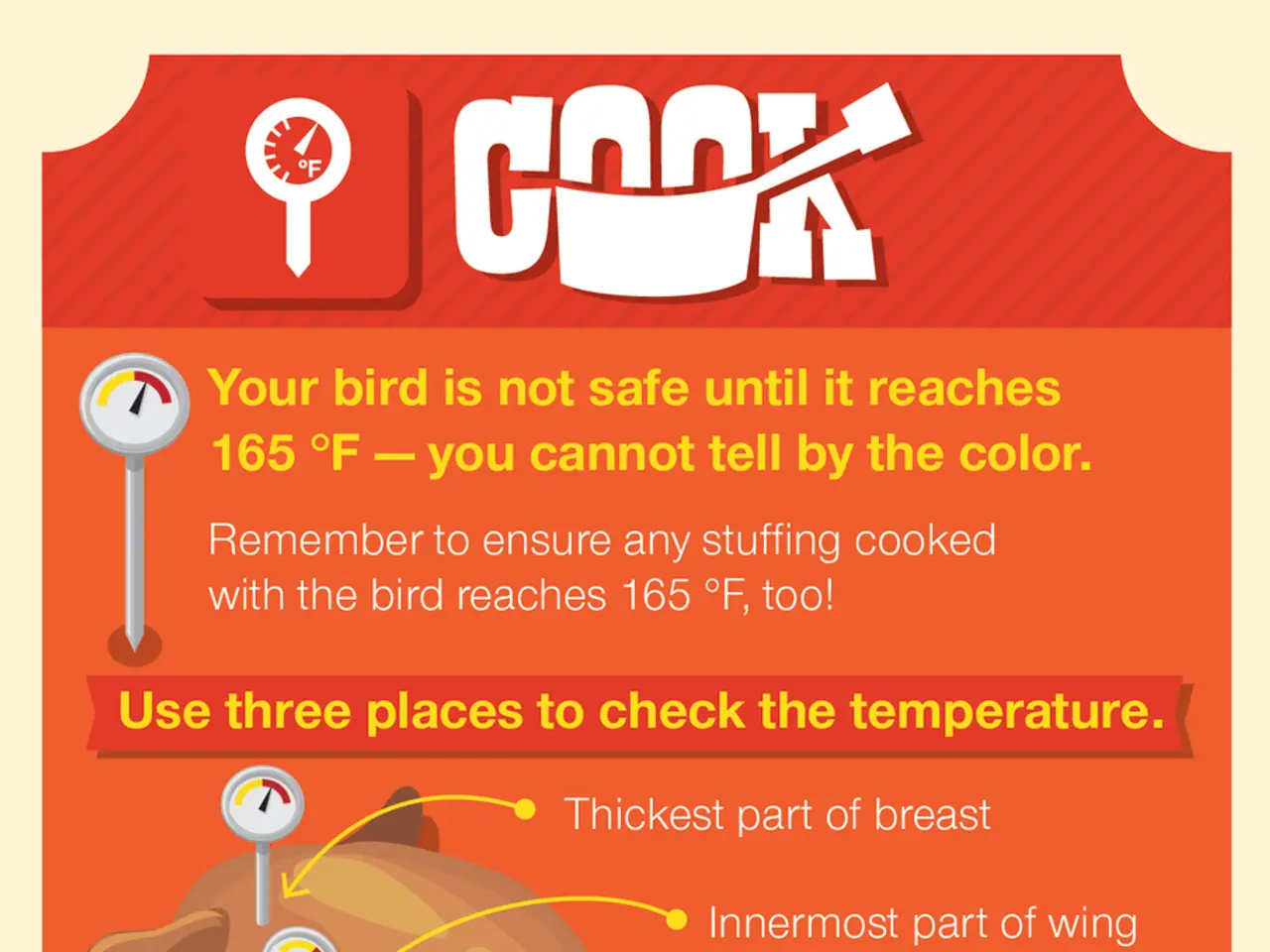Understanding Sperm Lifespan in Condoms: Exploring Facts Regarding Sperm Survival
Condoms, a common form of contraception, are often associated with sperm survival. However, the truth is far more complex than one might think.
Sperm viability is influenced by various factors, including temperature, moisture, pH level, presence of nutrients, and exposure to air. Even though condoms are sealed, there's still some limited exposure to air, which can contribute to dehydration. This dehydration, combined with the warmth trapped inside the condom, essentially cooks the sperm, accelerating their death.
After 24 hours, it's highly unlikely that any sperm inside a condom would still be viable. This is true for both regular condoms and those containing spermicide, which are designed to actively kill sperm. In a condom with spermicide, sperm viability is reduced to virtually zero within a very short period, typically within minutes.
During ejaculation, sperm mix with seminal fluid from the seminal vesicles and prostate gland, forming semen. Some lubricants can affect sperm motility and viability.
The material of the condom can influence how long sperm survive. Latex, while common, can contain compounds that are slightly toxic to sperm, potentially shortening their lifespan further. Non-latex options like polyurethane or polyisoprene are generally less harmful to sperm but still do not provide a supportive environment for long-term survival.
Sperm can survive inside a condom for a limited time, generally up to a few hours after ejaculation, depending on conditions such as moisture, temperature, and exposure to air. Once the condom is taken off and if it is left exposed to air, sperm quickly dry out and die, usually within minutes to a few hours.
If a condom breaks during intercourse, the sperm's viability depends heavily on where the semen is deposited. If the semen is deposited near the vaginal opening or inside the vagina, the sperm can survive longer - potentially up to five days under optimal conditions, but survival is more realistically measured in hours rather than days.
Proper disposal of a used condom involves wrapping it in tissue paper and disposing of it in a trash receptacle, followed by washing hands thoroughly. Flushing condoms down the toilet is not recommended as they are not biodegradable and can clog plumbing systems and contribute to environmental pollution.
In summary, sperm inside a condom generally survive for only a few hours under ideal conditions and die quickly once exposed to air and dryness. This is why condoms are effective barriers for contraception, although improper use can reduce effectiveness. For long-term survival, sperm require specialized storage such as cryopreservation used by sperm banks, which can keep sperm viable for years to decades when stored in liquid nitrogen. However, this storage is in carefully controlled lab settings, not inside condoms.
It's essential to remember that while the risk of pregnancy is low if a condom leaks, it's not zero. If a condom breaks or leaks during intercourse, it's important to take immediate steps to minimize the risk of pregnancy and sexually transmitted infections (STIs). The first step is to immediately stop intercourse. If the semen is still inside the vagina, try to allow it to drain out, if possible. Consider using emergency contraception, such as the morning-after pill, as soon as possible, ideally within 72 hours. Additionally, get tested for STIs, especially if you are unsure of your partner's status. It is also important to discuss long-term contraception options with a healthcare provider to ensure effective and reliable protection in the future.
Science shows that sperm survival can be impacted by various factors, such as temperature, moisture, pH level, and exposure to air, even within a sealed condom. In the realm of health-and-wellness, sexual-health practitioners stress the importance of understanding these factors to prevent unwanted complications.




